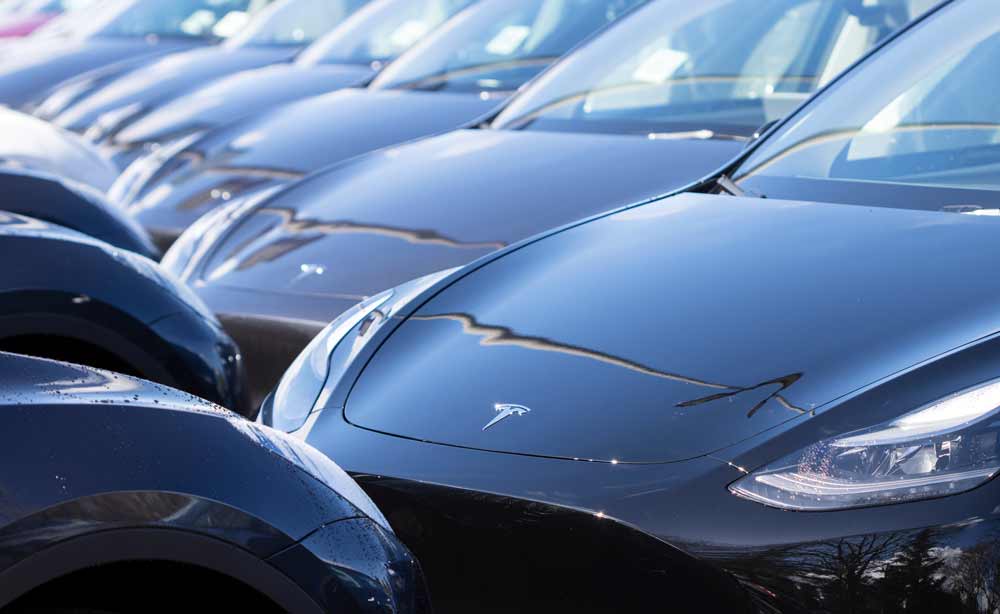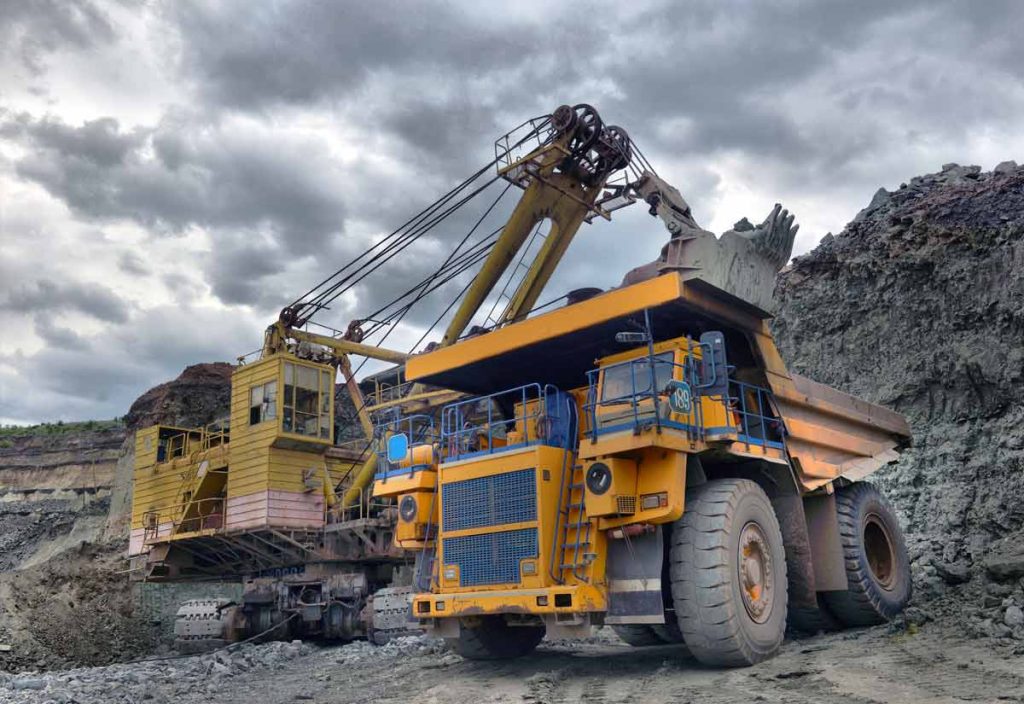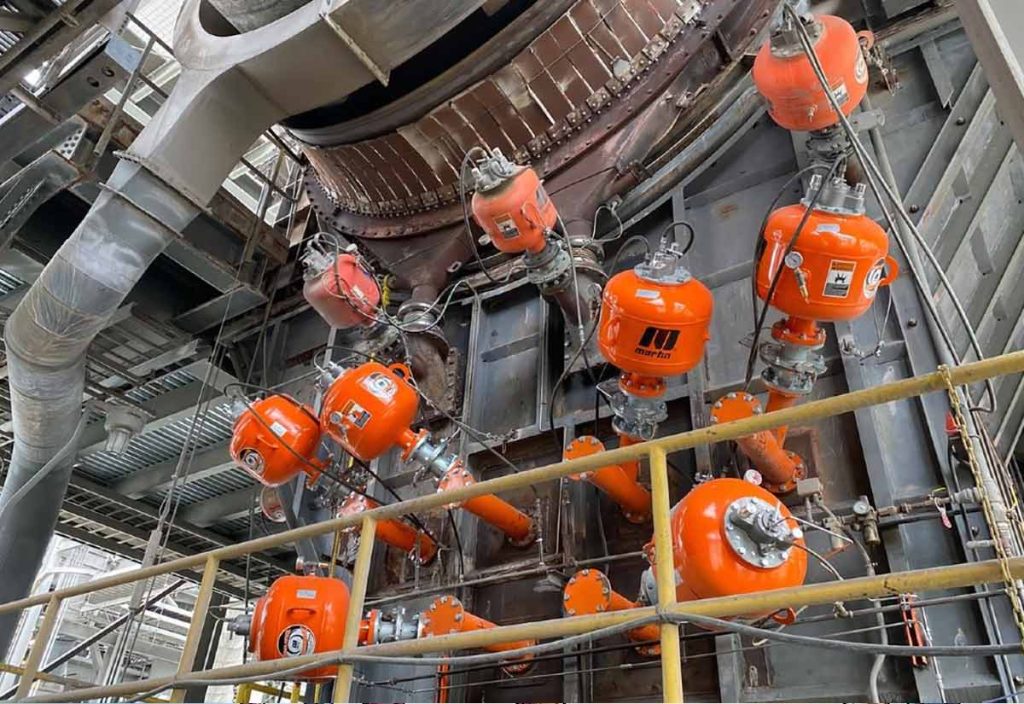In the uber-competitive world of battery raw materials, it seems we’re not out of the woods yet in 2024. Or perhaps more accurately, we’re not out of the mines. Goldman Sachs, with its gold finger ever on the pulse of market trends, suggests that calling ‘time’ on the price plunge of battery raw materials is akin to claiming victory in a marathon at the halfway mark.
Last February bifurcation of nickel prices to combat the China-owned Indonesian nickel flood was the big story in essential green minerals. But according to Goldman Sachs March is not coming in like a lion for the green mining industry.
With a forecasted downside of 12% for cobalt, 15% for nickel, and a striking 25% plunge for lithium carbonate over the next 12 months, it appears the metals market is running its own unique race, but it’s a race to the bottom so far in 2024.
Trouble For the Darlings of the Transition Metals in 2024
Imagine, if you will: cobalt, nickel, and lithium, once the darlings of the essential transition metals, standing tall on the podium of price peaks for years, only to find themselves sliding down a rather slippery slope of falling value. It’s as if the metals were participants in a game of financial commodity limbo, constantly asking, “How low can you go?”
Well, according to Goldman Sachs, the battery mineral bar is set to go quite a bit lower, as green hype fails to overcome consumer common sense. Or, in the case of Hertz, corporate common sense.
Hertz Pivots Back to Fossil Fuel to Avoid EV Operational Shock in 2024
The electric vehicle (EV) industry’s ubiquitous green hype meets the harsh realities of the business world, as evidenced by Hertz’s recent strategic pivot. In a striking turn of events, the rental car giant is shedding about a third of its global EV fleet, attributing the decision to diminished demand for electric models and their higher operational costs. This move, involving the sale of approximately 20,000 EVs in the U.S. and significant reinvestment in traditional internal combustion engine vehicles with the proceeds, underscores the broader automotive industry’s recalibration regarding premature EV ambitions.
Initially, Hertz and other automakers rode the wave of EV enthusiasm, banking on aggressive expansion and electrification plans fueled by early adopters’ appetite for cutting-edge technology. However, as the novelty wears off, the industry now grapples with reality; slower sales growth, consumer anxieties over charging infrastructure and battery range, and financial pressures from high EV prices, such as the $20,000 replacement battery.
Hertz’s adjustment is a microcosm of the wider market’s challenges, with even the jolly green giant Tesla facing the ripple effects of this recalibration through significant price cuts that have subsequently affected used EV values. So EV consumers today are looking at paying more for less, for a vehicle that might be a green lemon in the unwinnable performance and affordability contest against superior internal combustion vehicles which get greener themselves every year.
Despite these headwinds, Hertz remains committed to offering some EVs, planning to enhance its reduced electric fleet’s profitability through infrastructure improvements and cost-effective partnerships with EV manufacturers. At least that’s the public face they’re putting on their EV rejection as operationally feasible. Cost-effective partnerships with struggling EV manufacturers with cash flow problems of their own seem to be a dubious solution to an unresolvable problem: the fact that EVs are not ready for prime time in 2024 and certainly won’t save the world from the questionable “carbon demon” by 2030.
This strategic shift highlights the complexity of pioneering innovation and market viability, as companies face up to the real-world landscape of informed consumer demand, where traditional internal combustion is still the safest indispensable choice for getting the workforce to work and the kids to school in the wintry mountains of Colorado.
The backdrop to this metal melodrama is a tale of supply and demand, or rather, too much supply and insufficient demand. The battery metal markets in 2024 are like oversupplied shelves in a supermarket, with cobalt, nickel, and lithium cans gathering dust. Or lots full of unsold dusty Teslas that nobody requiring the affordable reliability and power of traditional fossil fuel will even consider.
EV Market Headwinds and a Price Correction Reality Check
After a meteoric rise, the electric vehicle (EV) industry is encountering consumer-driven turbulence. Despite achieving a record sale of 1.2 million EVs in the U.S. in 2023 and increasing its market share to a less-than-overwhelming 7.6%, the sector is experiencing a slowdown in growth compared to previous years when consumers finally realized that the green giant movement is one that continuously overpromises and under delivers.

Slamming the Brakes on the EV Market
This EV market deceleration is attributed to various factors including scaled-back production plans by major automakers and an unreliable scant charging infrastructure. Companies like Tesla have issued warnings about lower growth forecasts. At the same time, giants like General Motors and Ford have revised their ambitious production targets downwards, citing a reassessment of their EV strategies amidst the challenging green market conditions of 2024.
Additionally, infrastructure woes, particularly in the green debacle of California, exacerbate the situation with a significant percentage of charging stations frequently out of service, further dampening consumer confidence and long-haul EV usability.
Yet, it’s not all gloom and doom for the green crowd, backed as they are by global MSM carbon propaganda and a fossil-foolish US administration with its head in the green sand and its iron fist choking off critical North American energy pipelines.
The transition industry’s foundation remains solid, with investments flowing into improving the public charging network, signaling an ongoing commitment to the EV transition. The federal government’s financial backing, including grants to enhance charging infrastructure across multiple states, coupled with high-risk private sector investments, ensures that the green path is the highway of the future, whether the tax-paying public wants that green highway or not.
Despite current obstacles, such as more restrictive federal tax credit eligibility impacting consumer choice, the EV industry’s trajectory is still stubbornly geared towards expansion, albeit at a more moderated pace. One that exposes the ambitious “carbon-zero” 2030 benchmarks so many governments and companies have made lip service pledges to uphold, as quite unattainable.
The green mineral crash scenario is compounded by Western electric vehicle (EV) markets facing headwinds strong enough to give even the most seasoned sailor pause. The result? A forecast that sees these crucial battery ingredients facing significant price corrections.
And let’s not forget the subplot featuring the Albermarle Corp. a lithium processing facility in Antofagasta, Chile. US Treasury Secretary Janet Yellen has signaled that the US will lean heavily on Chilean mineral imports, particularly for the lithium used in EV batteries. It’s yet another short-term move in resource diplomacy, patchwork economic strategy, and the quest for sustainable energy solutions that seem to ignore and even obstruct the development of a US domestic mineral supply chain.
So what does this all mean for the EV and renewable energy crusade? Lower metal prices might sound like a siren song to automakers, promising cheaper batteries and brighter EV futures. However, like any siren song, there’s a catch. The market’s current oversupply and price plunge narrative serves as a stark reminder of the volatile relationship between supply and demand when premature technology with no supporting infrastructure is force-fed to practical consumers who know that the green numbers just don’t crunch, despite the geopolitical hype surrounding the profiteering efforts of the “green transition”.
About Resource Erectors
We bring decades of specialized heavy industry recruiting experience to connect our leading company clients with the top professional talent they need to thrive in today’s competitive industrial landscape. We have lucrative opportunities available for the best-qualified candidates in mining, engineering, civil construction, aggregates, concrete, plant management, sales, safety, and more. When you’re ready to make a move in heavy industry human resources, you’re ready for Resource Erectors so don’t hesitate to contact us today.








